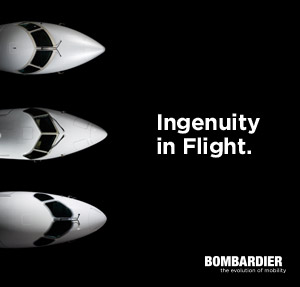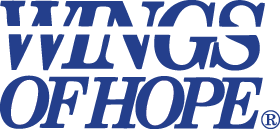Lockheed Martin F-35B Exceeds STOVL Thrust Requirement
Written by thomas · Filed Under Aeronautics NewsApril 23, 2009
Hover-Pit Ground Tests Validate Propulsion System and Aircraft Response
FORT WORTH, Texas, April 23 /PRNewswire-FirstCall/ — The F-35B Lightning II short takeoff/vertical landing (STOVL) variant has demonstrated during testing that it produces excess vertical thrust – more than required to carry out its missions. The tests, conducted on a specially instrumented “hover pit,” also validated the performance of aircraft software, controls, thermal management, STOVL-system hardware and other systems.
“The performance level measured was absolutely exceptional,” said J.D. McFarlan, Lockheed Martin F-35 Air Vehicle lead. “We demonstrated 41,100 pounds of vertical thrust against our requirement of 40,550 pounds. This means we will deliver excellent margin for the vertical landing and short takeoff performance we’ve committed to our STOVL customers,” he said. Those customers include the U.S. Marine Corps, the United Kingdom’s Royal Navy and Royal Air Force, and the Italian Navy and Air Force.
The F-35B is powered by a single Pratt & Whitney F135 engine driving a Rolls-Royce lift fan. The F135 is the most powerful engine ever flown in a jet fighter.
During hover-pit testing, the aircraft is anchored to a metal grate 14 feet above a sloped concrete floor, separating the jet from ground effect and enabling it to simulate free-air flight. Sensors measure thrust and the aircraft’s response to pilot inputs. The testing also demonstrates control of the doors associated with the STOVL propulsion system: engine auxiliary inlet, fan inlet, fan exit, roll posts, and doors that open to enable the Rolls-Royce three-bearing swivel duct to articulate and vector engine thrust. In other tests, metal plates are installed atop the hover-pit grate, enabling engineers to observe and chart the outflow of gases from the propulsion system.
The testing demonstrates functional operation of all systems required for vertical flight, and measures the installed forces and moments on the aircraft during STOVL operations. The hover-pit tests are the final series of ground tests before airborne STOVL testing begins.
“We’ve demonstrated critical performance such as inlet pressure recovery, pitching moment, rolling and yawing moment, effective vector angles of the exhaust, and control-input response time,” said Doug Pearson, vice president of the F-35 Integrated Test Force. “Each of these measurements correlates extremely well with our computer models. The outstanding STOVL performance gives us plenty of confidence to begin in-flight transitions to STOVL-mode flight and ultimately our first vertical landing at the Naval Air Station Patuxent River, Md., this summer.”
The F-35B is the first aircraft to combine stealth with short takeoff/vertical landing (STOVL) capability and supersonic speed. The F-35 is a supersonic, multi-role, 5th generation stealth fighter. Three variants derived from a common design, developed together and using the same sustainment infrastructure worldwide, will replace at least 13 types of aircraft for 11 nations initially, making the Lightning II the most cost-effective fighter program in history.
Headquartered in Bethesda, Md., Lockheed Martin (NYSE: LMT) is a global security company that employs about 146,000 people worldwide and is principally engaged in the research, design, development, manufacture, integration and sustainment of advanced technology systems, products and services. The corporation reported 2008 sales of $42.7 billion.
» Próximo Post - NASA Sets Briefing About Shuttle’s Readiness to Service Hubble
« Post Aneterior - R. Scott Rettig Named CEO of AgustaWestland North America
Comments
¿Tiene algo que decir?
You must be logged in to post a comment.







